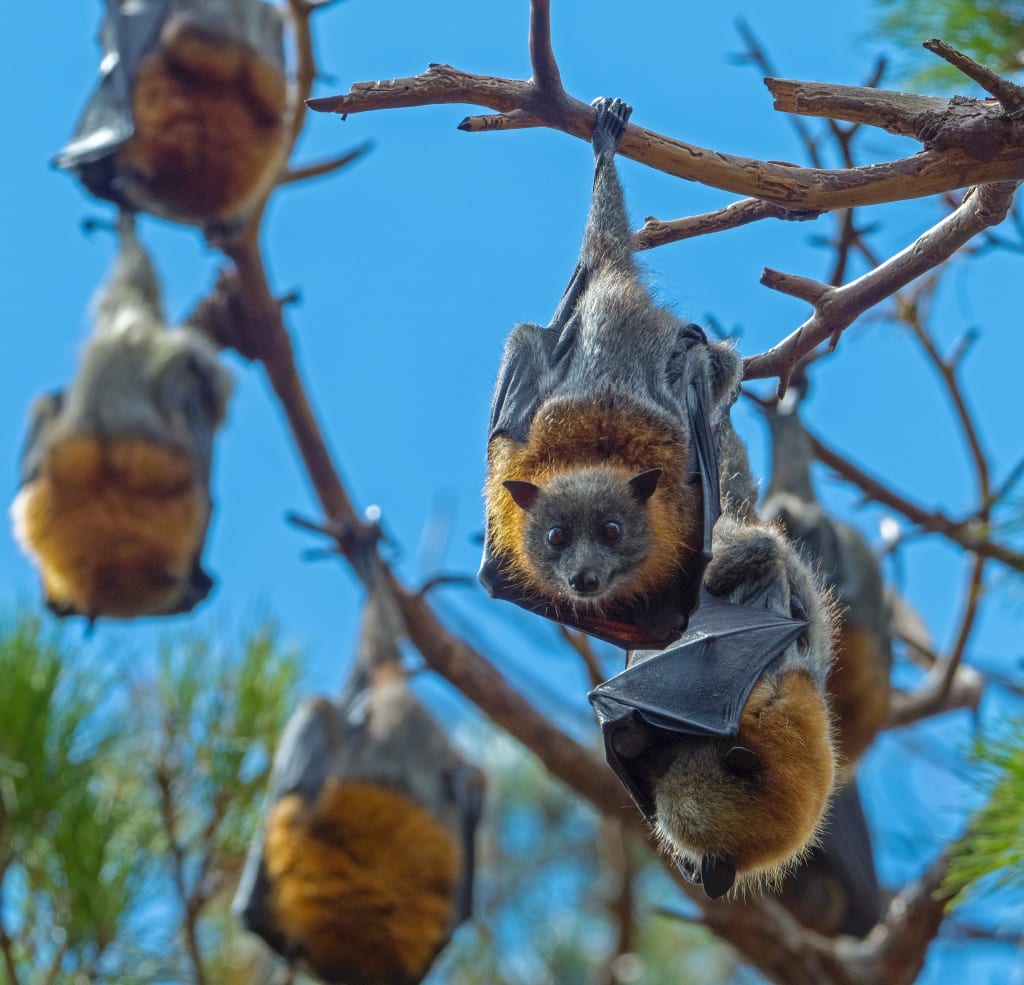The Honey bee Bat: A Wonder of Nature as the World's Littlest Vertebrate
In the tremendous domain of the collective of animals

The Honey bee Bat: A Wonder of Nature as the World's Littlest Vertebrate
Presentation
In the tremendous domain of the collective of animals, where size frequently rules, there exists a small animal that blows some minds. The honey bee bat, logically known as Craseonycteris thonglongyai, holds the wonderful differentiation of being the littlest warm blooded animal on our planet. This blog entry sets out on a dazzling excursion into the universe of this little wonder of nature.
Finding the Honey bee Bat
The honey bee bat was first found in 1974 by Kitti Thonglongya in Thailand, who coincidentally found this remarkable vertebrate during a campaign. Estimating a simple 1.1 to 1.3 inches (2.8 to 3.3 cm) long and weighing just around two grams, it is a mind blowing illustration of nature's creativity. Its particular name gets from its size, which is practically identical to that of a honey bee, and its bat-like appearance.
Environment and Conveyance
The honey bee bat occupies limestone caves all through the western areas of Thailand and the eastern districts of Myanmar. These caverns give the ideal circumstances to the bat's endurance, with a consistent temperature and moistness that work with its remarkable way of life. While their reach is restricted, these intriguing animals have adjusted impeccably to their particular surroundings.
Life structures and Transformations (
Notwithstanding its small size, the honey bee bat has momentous variations. Its wingspan extends just to around six inches (15 cm), empowering it to float and move proficiently like a small scale helicopter. With its little height and lightweight bones, it can undoubtedly explore through thin cavern openings looking for bugs, its essential wellspring of food. Its fur is a particular ruddy brown, impeccably mixing in with the cavern walls.
Nighttime Way of life
Being nighttime animals, honey bee bats are fundamentally dynamic during the sundown hours. At nightfall, these little vertebrates branch out looking for their favored prey: little bugs, particularly scarabs and insects. Their excellent echolocation capacities help them explore and recognize prey in obscurity. With their little size, they are handily disguised from hunters while they search for food.
Propagation and Life Cycle
Honey bee bats show entrancing conceptive way of behaving. Females bring forth a solitary posterity every year and assume a critical part in supporting their young. The incubation time frame goes on for roughly 15 to about four months, and the infant bats are about a fourth of the size of their moms. They grip to their moms' fur for the underlying time frame, at last acquiring autonomy as they mature.
Preservation and Dangers ):
Tragically, the honey bee bat is recorded as an imperiled species. Its populace has declined because of a few variables, including environment obliteration, unsettling influence brought about by human movement, and the unlawful pet exchange. Protection endeavors are critical to safeguarding this little warm blooded animal and guaranteeing its proceeded with presence. Drives like environment insurance, training, and local area association are fundamental to protecting their future.
End (
The honey bee bat, the littlest warm blooded creature on the planet, fills in as a sign of the uncommon variety and flexibility of life on our planet. Its exceptional elements and weakness feature the significance of preservation and our obligation to safeguard these glorious animals for a long time into the future.
About the Creator
Enjoyed the story? Support the Creator.
Subscribe for free to receive all their stories in your feed. You could also pledge your support or give them a one-off tip, letting them know you appreciate their work.





Comments
There are no comments for this story
Be the first to respond and start the conversation.